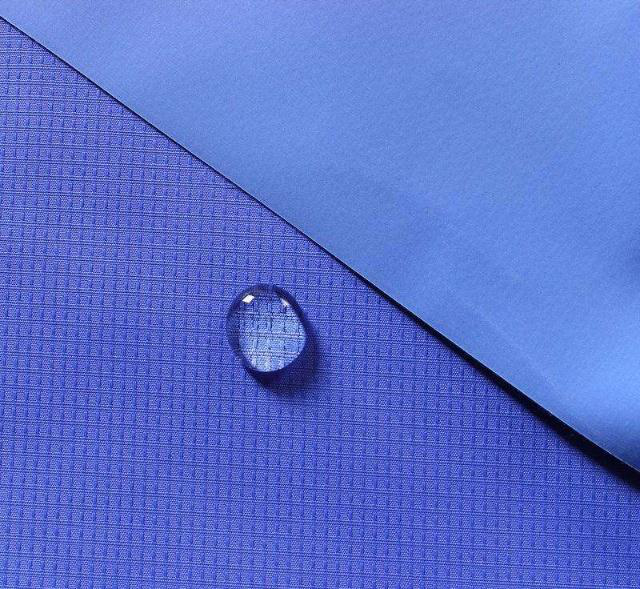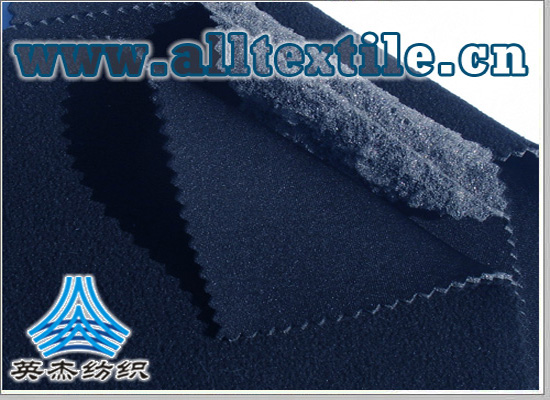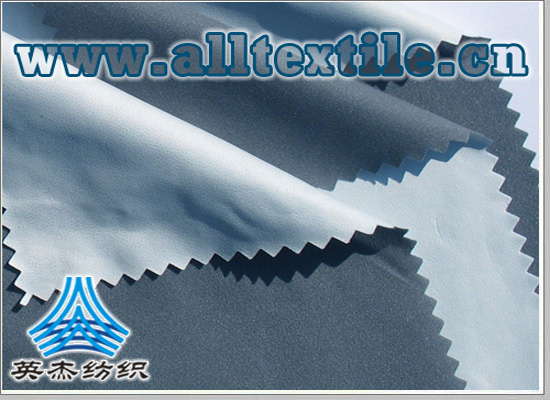Recently, the market transactions of PU, PVC and other coated imitation leather have been partially smooth in early winterCreative coated fabricsWin with high quality
As the speed of the anti-skid machine increases, the friction of the soles of different materials increases. In terms of static friction, nano-CaCO3 composite polyurethane material soles are higher than pure polyurethane material soles; but in terms of dynamic friction, nano-CaCO3 composite polyurethane material soles have lower dynamic friction than pure polyurethane material soles.

The experimental results show that In terms of kinetic friction, nano-CaCO3 composite polyurethane material soles are lower than pure polyurethane material soles. This shows that nano-CaCO3 composite polyurethane material soles have a shorter sliding distance when athletes make an emergency stop than pure polyurethane material soles and can stop in time. The anti-slip performance corresponding to the friction coefficient is an important indicator of sports shoes.
A smaller static friction coefficient represents better cushioning capacity, and a larger static friction coefficient shows a good pushing and stretching effect, which is beneficial to the athlete’s retreat and return. The relevant friction coefficients of nano-CaCO3 composite polyurethane material soles are better than those of pure polyurethane material soles. This further shows that nano-CaCO3 composite polyurethane material soles have better anti-slip properties than pure polyurethane material soles.
Currently, there is no accurate understanding of the mechanism of how nanoparticles improve the friction properties of polyurethane materials. The reason may be that the small size of the nanoparticles enables them to be evenly dispersed in the polyurethane material. At the same time, their high specific surface area and high surface energy can simultaneously chemically bond with relevant groups in the polyurethane material during the curing process, resulting in high stability of chemical bonds. Performance can significantly enhance the strength of polyurethane composite materials. In addition, nanoparticles can serve as stress concentration points to enhance surface friction during friction

When athletes run at high speed, the friction between shoes and the ground is definitely a key factor affecting the athlete’s sliding distance, emergency stop time and ground pressure. During exercise, the average athlete first slides due to inertia and then suddenly stops. The foot first experiences sliding friction on the ground and then static friction after stopping.
As the speed of the anti-skid machine increases, the friction of the soles of different materials increases. In terms of static friction, nano-CaCO3 composite polyurethane material soles are higher than pure polyurethane material soles; but in terms of dynamic friction, nano-CaCO3 composite polyurethane material soles have lower dynamic friction than pure polyurethane material soles.
Experimental results show that in terms of dynamic friction, nano-CaCO3 composite polyurethane material soles are lower than pure polyurethane material soles, which shows that nano-CaCO3 composite polyurethane material soles are more effective for athletes. When making an emergency stop, the sliding distance of the sole is shorter than that of pure polyurethane material, and it can stop in time. The anti-slip performance corresponding to the friction coefficient is an important indicator of sports shoes.
A smaller static friction coefficient represents better cushioning capacity, and a larger static friction coefficient shows a good pushing and stretching effect, which is beneficial to the athlete’s retreat and return. The relevant friction coefficients of nano-CaCO3 composite polyurethane material soles are better than those of pure polyurethane material soles. This further shows that nano-CaCO3 composite polyurethane material soles have better anti-slip properties than pure polyurethane material soles.
Currently, there is no accurate understanding of the mechanism of how nanoparticles improve the friction properties of polyurethane materials.

The reason may be the small size of the nanoparticles It can be evenly dispersed in the polyurethane material. At the same time, its high specific surface area and high surface energy can simultaneously chemically bond with relevant groups in the polyurethane material during the curing process. The high stability of the chemical bond can greatly enhance the strength of the polyurethane composite material. . In addition, nanoparticles can act as stress concentration points and enhance surface friction during friction.
Nano CaCO3 composite polyurethane material soles have the best wear resistance. Pure polyurethane material soles have the best wear resistance in terms of enhancing wear resistance. The enhancement effect of nanoparticles is related to other related to organic molecular substrates. Possible mechanisms of action include the interaction between the modifier and the filler surface, and the interaction between the modified filler and the organic matrix. Several related theories have been proposed for these two mechanisms of action, including chemical bond theory, surface wetting theory, deformable layer theory and constrained layer theory.
Chemical bond theory believes that chemical bonding occurs between several materials in composite materials. Chemical bonds make the interface of composite materials stronger and increase the strength. The surface wetting theory believes that the uniform mixing between materials enhances physical adsorption and provides high bonding strength, thereby improving wear resistance.
The deformable layer theory believes that nanoparticles form a flexible layer, that is, a deformable layer, with other substances in composite materials. The flexibility of the deformation layer can reduce and disperse the stress during contact, thereby enhancing the wear resistance. Constrained layer theory also proposes an interface capable of uniform stress.
The enhanced wear resistance of sports shoe soles by nanoparticles may be due to the formation of chemical bonds between the particles and the polyurethane matrix material, which increases the strength of the material. At the same time, the long-chain macromolecule structure of polyurethane can evenly absorb small-sized nanoparticles, forming a polyurethane composite sports shoe sole that has both the flexibility of organic macromolecules and the rigidity of nanomaterials.






